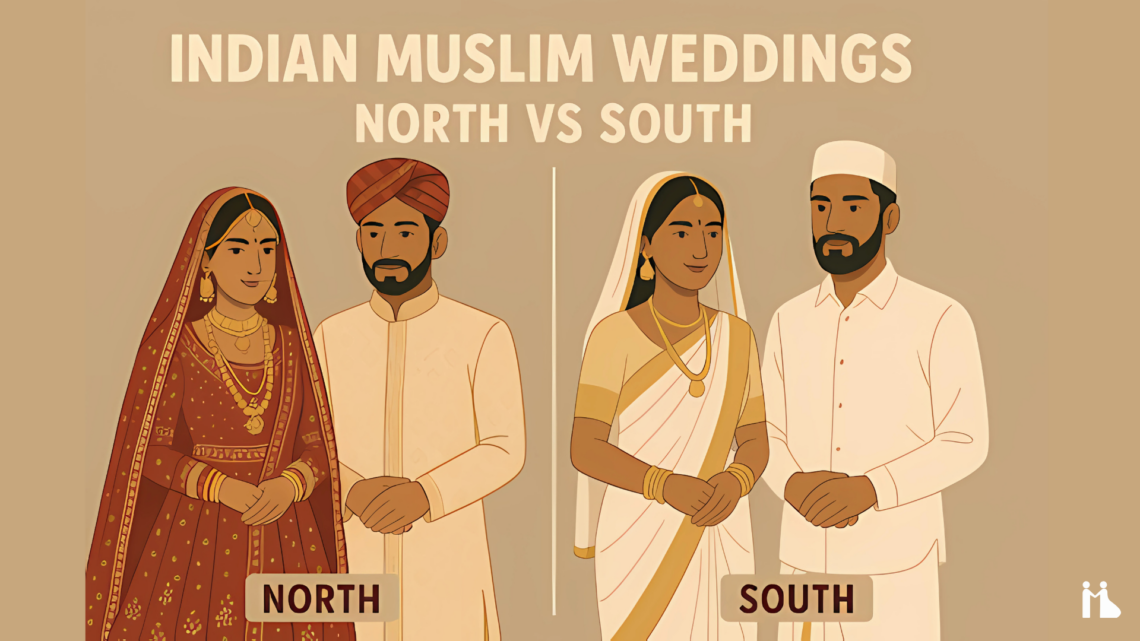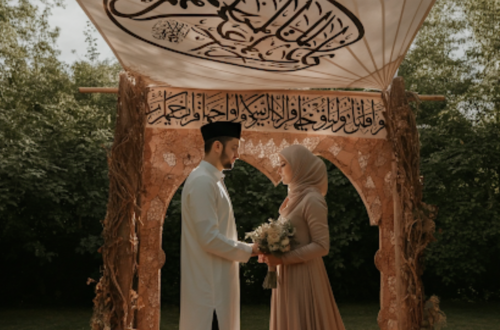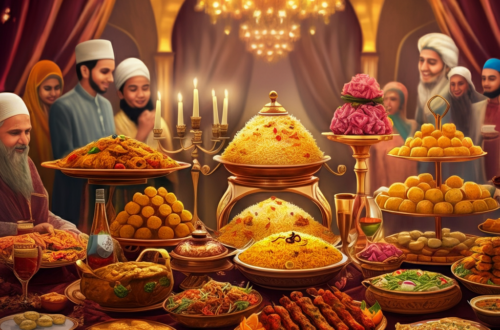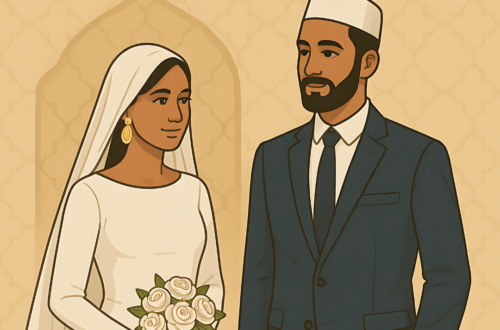Indian Muslim weddings weave a vibrant tapestry of traditions, rituals, and celebrations that showcase the rich cultural diversity within the country. These joyful occasions share a common religious foundation, but the customs and practices differ significantly from one region to another. For example, North and South Indian Muslim weddings display unique traditions influenced by local heritage and culture.
This blog highlights the key similarities and differences between Indian Muslim weddings in the North and South. It dives into pre-wedding ceremonies, wedding rituals, attire, music, and more. Whether you’re a wedding planner, part of the Muslim community, or simply curious, this exploration can help you appreciate these beautiful celebrations even more.
Pre-Wedding Ceremonies in Indian Muslim Weddings
North Indian Pre-Wedding Ceremonies
Manjha Ceremony
The bride’s family organizes the Manjha ceremony a few days before the Nikah. During this event, her female relatives gather to apply turmeric paste to her skin, symbolizing purity and luck. They sing traditional songs and share laughter, creating a festive and intimate atmosphere.
Mehndi Ceremony
Another pre-wedding highlight is the Mehndi ceremony. Friends and family come together to adorn the bride’s hands and feet with intricate henna designs. This colorful event, accompanied by music and dance, brings joy and blessings to the bride as she steps into her new life.
South Indian Pre-Wedding Ceremonies
Nischayathartham (Engagement)
Families come together during the Nischayathartham to formalize the engagement. They exchange gifts, fix the wedding date, and celebrate with prayers. This occasion reflects the union of two families as much as it celebrates the couple.
Panda Kaal Muhurtham
South Indian Muslim families honor their ancestors and deities during the Panda Kaal Muhurtham ceremony. This spiritual ritual invokes blessings for a successful and harmonious wedding, making it a cherished part of the celebrations.
Join India’s leading Muslim Matrimonial platform, salaamsoulmate.com, and connect with your perfect match today!
Wedding Attire in Indian Muslim Weddings
North Indian Wedding Attire
Bride
North Indian Muslim brides choose heavily embellished lehengas, often in shades of red, maroon, or gold. These colors represent prosperity and good fortune. Brides complete their look with exquisite jewelry, such as necklaces, earrings, and maang tikkas.
Groom
The groom often wears an intricately designed sherwani and pairs it with a matching turban. To add grandeur, he may also wear a sehra, a floral veil, adding a traditional touch to his attire.
South Indian Wedding Attire
Bride
South Indian Muslim brides typically wear silk sarees with vibrant hues like gold, green, or red. They accessorize with traditional temple jewelry that mirrors South India’s cultural depth and sophistication.
Groom
Grooms in the South opt for a crisp white veshti (dhoti) paired with a silk angavastram (stole). Their simple yet elegant attire showcases understated style and tradition.
Ceremonial Rituals in Indian Muslim Weddings
North Indian Ceremonial Rituals
Baraat Procession
The groom’s family and friends kick off the festivities with the lively Baraat procession. They escort him to the wedding venue with music, dance, and endless celebration. The groom often arrives on a beautifully decorated horse or in a lavish car, heightening the excitement.
Nikah Ceremony
At the heart of every Indian Muslim wedding lies the Nikah ceremony. During this event, the bride and groom give mutual consent to their marriage, sign the marriage contract, and exchange vows. The groom offers the Mehr (dower) to the bride, highlighting the sacredness of their union.
South Indian Ceremonial Rituals
Kashi Yatra
A playful tradition found in some South Indian Muslim weddings is the Kashi Yatra. Here, the groom humorously pretends to renounce worldly life. The bride’s father persuades him back, symbolizing his acceptance of family life.
Nikah Ceremony
While the essence of the Nikah remains similar, South Indian Muslim weddings often conduct this ritual in the local language, adding a unique regional flavor to the event.
Post-Wedding Traditions in Indian Muslim Weddings
North Indian Post-Wedding Traditions
Rukhsati
The Rukhsati ceremony marks the emotional farewell of the bride as she leaves her parental home to start her new life. This moment, filled with warmth and blessings, signifies the transition to a beautiful new chapter.
Walima
The Walima, hosted by the groom’s family, serves as the official wedding reception. It provides a platform for friends, relatives, and communities to gather and celebrate the union with a grand feast.
South Indian Post-Wedding Traditions
Grihapravesham
When the bride arrives at her new home, she steps in with sacred rituals that include a welcoming ceremony. These customs ensure blessings for prosperity and harmony in her wedded life.
Reception
South Indian Muslim wedding receptions resemble the North’s Walima but include regional music and dance forms, making them uniquely vibrant and engaging.
Music and Dance in Indian Muslim Weddings
North Indian Weddings
Music plays an essential role during North Indian Muslim weddings, especially during the Sangeet night. Families often prepare choreographed performances, turning the evening into a lively celebration filled with love and laughter.
South Indian Weddings
Unlike their northern counterparts, South Indian weddings feature classical music played on instruments like the Nadaswaram and Thavil. These melodious tunes create a serene and auspicious environment for the ceremonies.
The Beautiful Diversity of Indian Muslim Weddings
Indian Muslim weddings, whether in the North or South, reflect the deep cultural ties and diversity of India’s Muslim community. From vibrant lehengas to elegant silk sarees, from heartfelt rituals to joyous music, these celebrations beautifully blend tradition and regional uniqueness.
When we take the time to understand these traditions, we not only appreciate their intricate beauty but also gain insight into the harmony that defines Indian culture. Whether you’re planning a wedding, attending one, or simply exploring cultural traditions, Indian Muslim weddings offer a window into a world of timeless beauty and joy.






